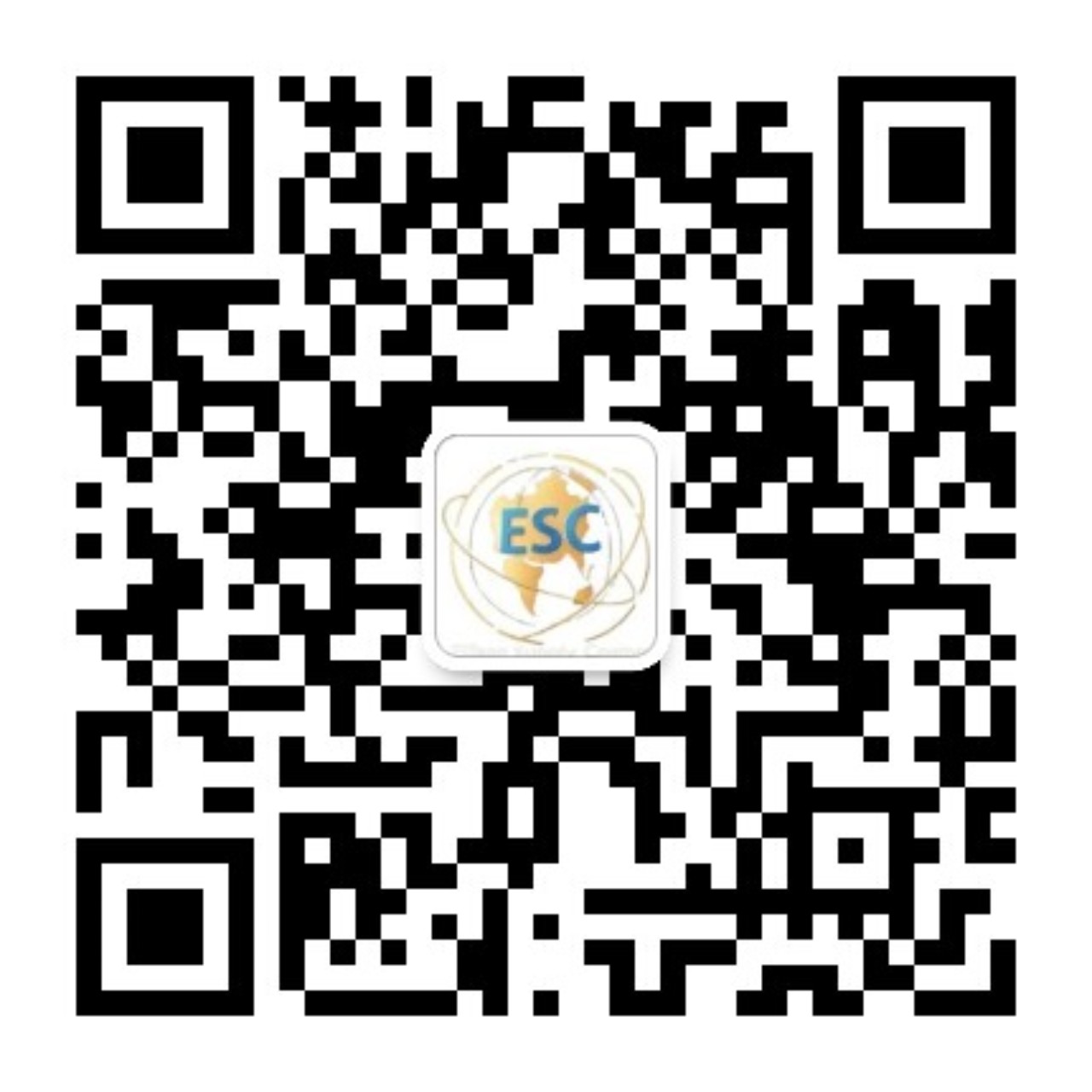
What is the IPPC Marking?
Simply put, IPPC is an international convention. When wooden packaging bears the IPPC marking, it indicates that the packaging has undergone and passed pest control treatment in accordance with regulations and is free of harmful organisms. It looks like the example below:
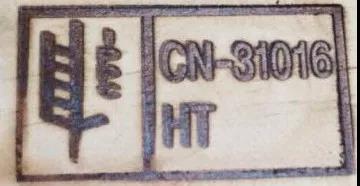
In the marking, The symbol on the left represents IPPC; The "CN" on the right stands for China; "31016" is the code of the enterprise that applied the marking; "HT" indicates that the pest control treatment method used is heat treatment, while "MB" denotes methyl bromide fumigation.
▍Which Types of Packaging Require the IPPC Marking?
Some wooden packaging meets pest control treatment requirements through its production process and no longer needs to undergo dedicated pest control treatment. Examples include wooden cases, wooden pallets, and similar items made entirely of man-made boards such as plywood, particleboard, and fiberboard. Other examples are wooden packaging made entirely of thin boards (including wood chips, sawdust, etc.) with a thickness of less than 6mm, or wooden packaging that has undergone treatment during the production process—such as wine barrels for holding wine and wooden gift boxes.
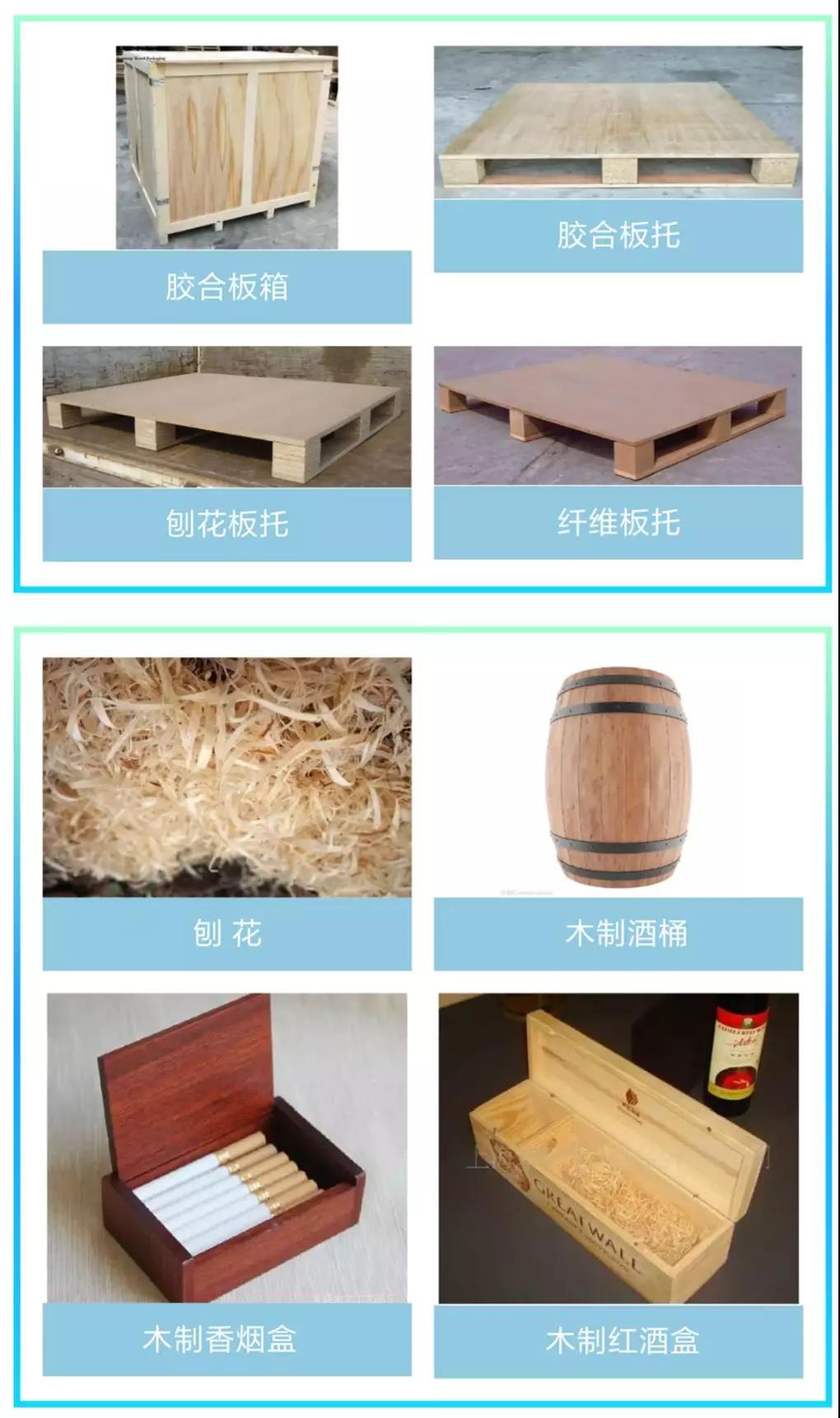
In addition to the above, all wooden packaging containing solid wood components must undergo pest control treatment in accordance with regulations and be affixed with a standardized IPPC Marking. Examples of such wooden packaging include the following:
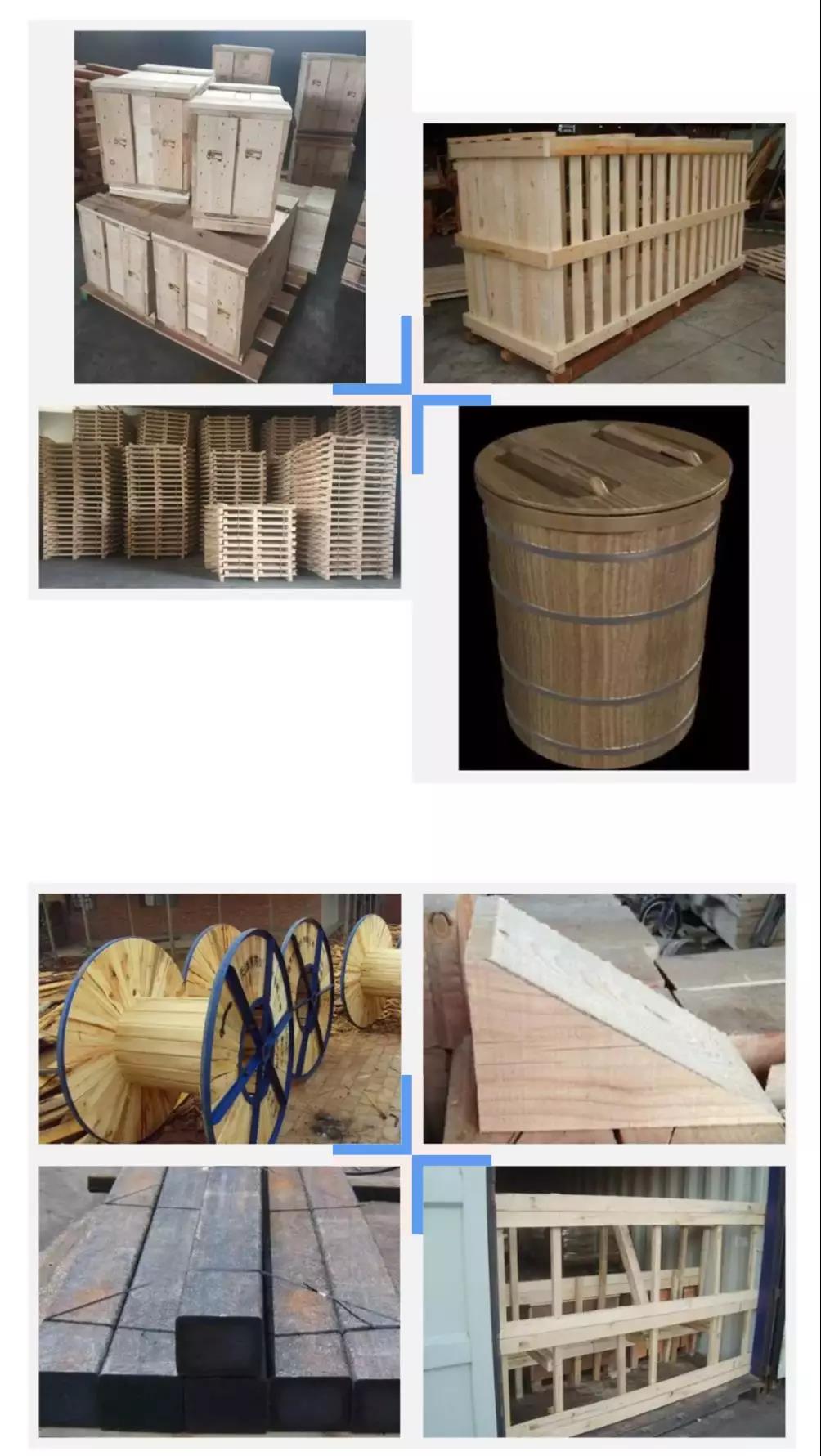
Enterprises engaged in import and export shall accurately define the scope of wooden packaging. Meanwhile, they shall focus on the regulations related to wooden packaging of the destination country, implement corresponding treatments in accordance with regulatory requirements, and avoid losses.
▍What Requirements Does Customs Have for Export Wooden Packaging?
Customs conducts random inspection and quarantine on the wooden packaging used for export goods. If the packaging is found to be non-compliant with regulations, it shall not be allowed to leave the country.
How to Apply the IPPC Marking to Wooden Packaging for Export Goods?
Only enterprises approved by Customs to apply markings on wooden packaging for export goods are permitted to produce such packaging and apply the IPPC Marking to it. Up to now, enterprises in China that have obtained the qualification for marking application have been announced on the official website of the General Administration of Customs of the People's Republic of China (GAC).
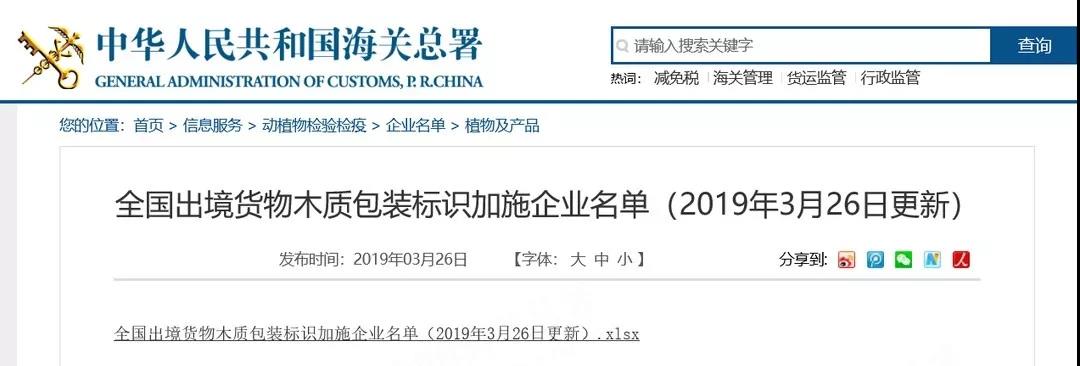
Those who forge, alter, or usurp the marking shall be punished in accordance with the relevant provisions of the Law of the People's Republic of China on the Quarantine of Import and Export Animals and Plants and its implementing regulations.
http://www.customs.gov.cn/customs/jyjy/dzwjyjy/qymd/zwjcp/2357150/index.html
Enterprises that use wooden packaging may purchase wooden packaging from qualified marking application enterprises, and shall require those marking application enterprises to provide valid certificates for the pest control treatment of wooden packaging used for export goods.
If the packaging of exported goods is natural wooden packaging, the IPPC marking must be affixed in accordance with the requirements of the destination country of export. For example, if the packaging of goods exported to countries such as the European Union (EU), the United States (US), Canada, Japan, and Australia is coniferous wood packaging, fumigation must be carried out.
Fumigation procedures are now standardized: Fumigation teams carry out fumigation on containers based on their container numbers. Specifically, after the goods arrive at the site, professional fumigation teams affix the IPPC Marking to the packaging. The process is as follows: The customs declarant fills out a fumigation contact form, which includes details such as the customer’s name, destination country, container number, and chemicals used; The fumigation team affixes labels (takes approximately half a day); Fumigation is conducted (takes 24 hours); Aeration (to disperse fumigants) is carried out (takes 4 hours).
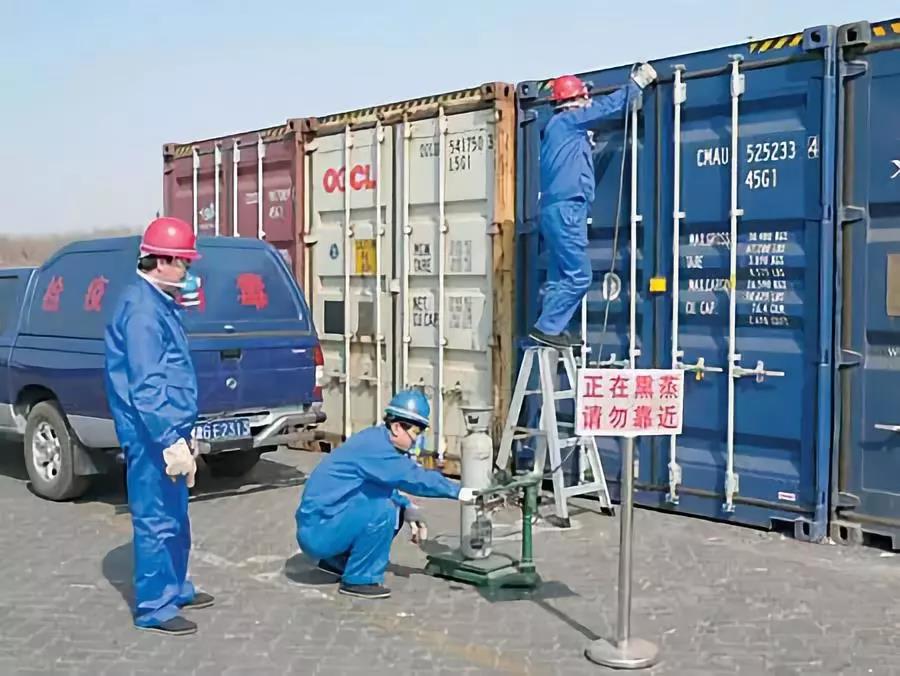
Fumigation and pest control treatment institutions shall carefully affix the IPPC Marking. Solid wood packaging that has passed pest control treatments such as fumigation shall be affixed with the IPPC Marking; the marking shall be prominent and easily inspectable during customs clearance abroad. Meanwhile, institutions shall conduct thorough inspections on the status of IPPC Marking application for qualified wood packaging (that has undergone fumigation and pest control treatment) before it leaves the warehouse, so as to avoid unnecessary losses to enterprises caused by missing markings. For enterprises that use such packaging, they shall also carefully check whether the corresponding marking has been affixed to the wooden packaging during the packaging process; if the marking is missing, they shall contact the fumigation and pest control treatment institution immediately.
Export enterprises that use wooden packaging must conscientiously carry out pest control treatment for the wooden packaging. The cost of pest control treatment for wooden packaging is relatively low; enterprises must not risk high chances of shipment rejection and substantial losses just to save a small amount of fumigation and pest control costs.
